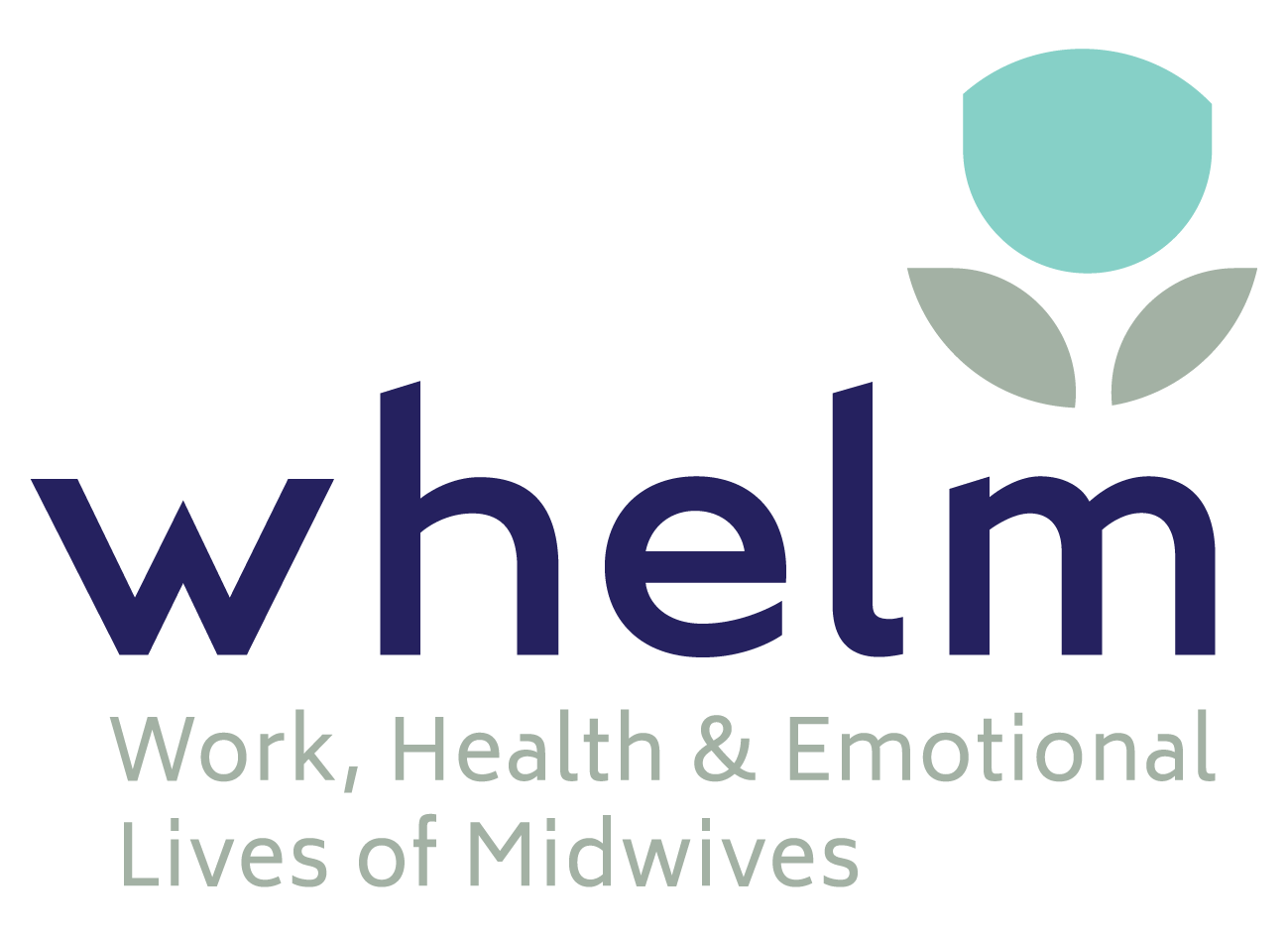When a baby is born preterm, they are more likely to face significant health challenges. As a consequence, the care they receive is more expensive than a baby born around term. Some of this cost is met by government funding, but not all. Women who give birth to preterm babies provide the bulk of the care for preterm babies during their first years of life, and therefore incur most of these cost shortfalls. Just how much this amounts to is a question that has recently been addressed (Fox & Callander, 2021).
Ms Haylee Fox from James Cook University and Associate Professor Emily Callander, a Transforming Maternity Care Collaborative member, set out to determine both the out-of-pocket health care costs women who have recently given birth face, and the loss of income incurred as a consequence of a delayed return to employment. They did this for women who gave birth at term, and those who gave birth preterm so any differences could be measured. Data from the Longitudinal Study of Australian Children and the Maternity 1000 dataset were used to provide answers.
Women who gave birth preterm took longer to return to employment (2.8 years) than women who gave at term (1.9 years). Mothers of preterm babies were more likely to not return to paid employment at all, while those who did had a lower income than women who gave birth at term. Out of pocket healthcare expenses were $1059 for women who gave birth at term, $1298 for women who gave birth between 32 and 36 weeks, and $2491 for those who gave birth at less than 32 weeks.
It has long been recognised that being born preterm does not provide the optimum start to life. Fox and Callander’s research suggests that financial hardship is likely to compound the health challenges preterm children face during early childhood. They have demonstrated that preterm birth limits women’s capacity to participate in the workforce. While ensuring adequate government income support for new mothers is an important step in rectifying the financial shortfall, interventions to prevent preterm birth are likely to be far more cost effective and assist women to re-enter the workforce in a timely manner.
Midwifery led continuity of care is backed by sound evidence demonstrating both a reduction in preterm birth and lower mortality rates related to this (Medley et al., 2018). Implementation of continuity models has been found to be cost neutral, however the research to date has not considered the potential impact of changes to downstream costs from a reduction in preterm birth (Sandall et al., 2016). Access to continuity of midwifery care models remains below demand for such services (Donnellan-Fernandez et al., 2020). Addressing barriers to accessing such models should be a priority focus for policy makers.
References
Donnellan-Fernandez, R. E., Creedy, D. K., Callander, E. J., Gamble, J., & Toohill, J. (2020, Aug 28). Differential access to continuity of midwifery care in Queensland, Australia. Australian Health Review, 45(1), 28-35. https://doi.org/10.1071/AH19264
Fox, H., & Callander, E. (2021, Jan 10). Cost of preterm birth to Australian mothers: Assessing the financial impact of a birth outcome with an increasing prevalence. Journal of Paediatrics and Child Health, in press. https://doi.org/10.1111/jpc.15278
Medley, N., Vogel, J. P., Care, A., & Alfirevic, Z. (2018, Nov 14). Interventions during pregnancy to prevent preterm birth: an overview of Cochrane systematic reviews. Cochrane Database of Systematic Reviews, 11, CD012505. https://doi.org/10.1002/14651858.CD012505.pub2
Sandall, J., Coxon, K., Mackintosh, N., Rayment-Jones, H., Locock, L., & Page, L. A. (2016). Relationships: the pathway to safe, high-quality maternity care.








